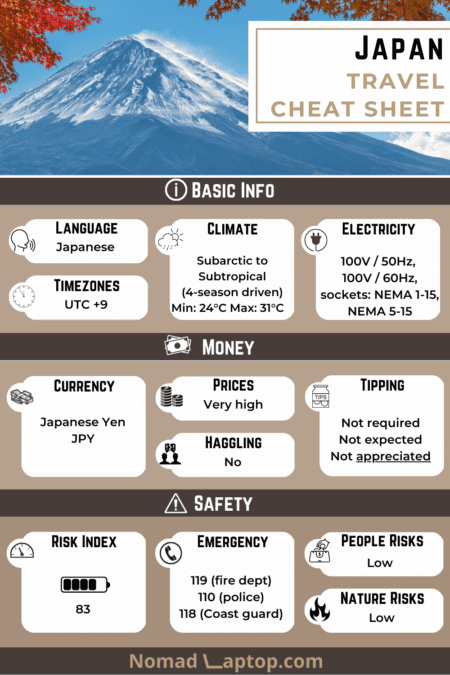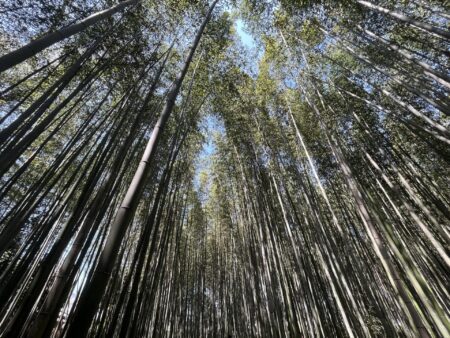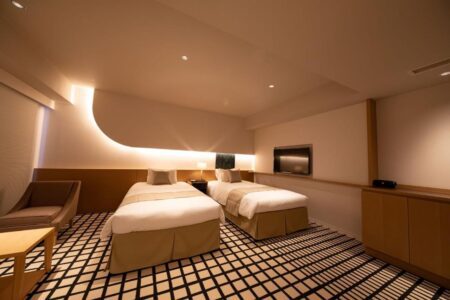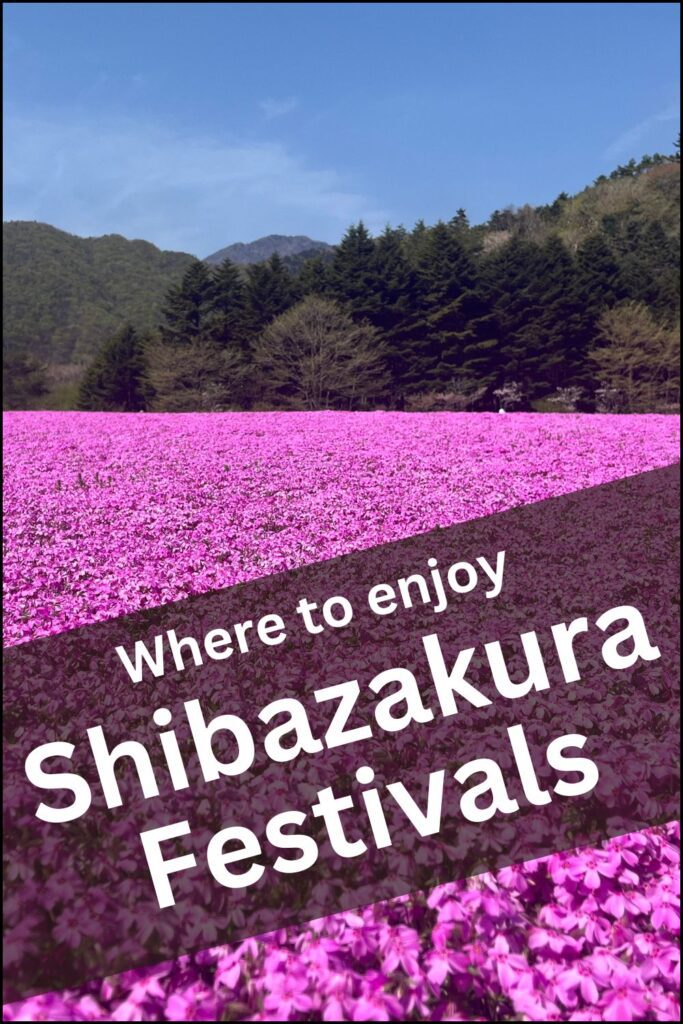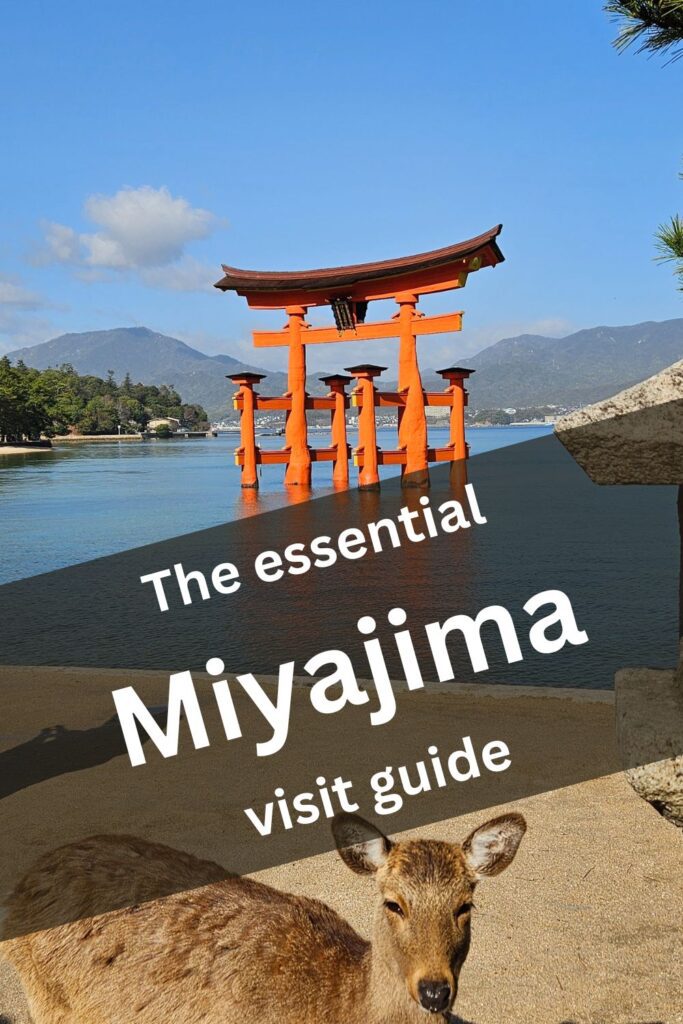There is no point in beating around the bush. Kyoto is spectacular. As one of the oldest cities and the old imperial capital of Japan, it oozes history, life, and that unique Japanese aesthetic that makes you stop at every corner to just take in the beauty of the surroundings.
Do not be misled by its ancient roots, though. Kyoto is also a modern, large, and bustling city. Arriving at its central train station, as most people do, will show “just a normal” city. However, the more it is explored, the more its hidden gems reveal themselves.
Kyoto is packed to the brim with temples, palaces, and shrines. Its center, with the Nijo castle and imperial palace, is embraced by Higashiyama on the east and Arashiyama districts on the western side. These host many of the tourist attractions, such as the famed Gion Geisha district, the Kinkaku-Ji Golden Pavillion, and the Kyomizu Dera temple terrace overlooking the old quarter of Higashiyama. The ultrafamous Fushimi Inari Shrine, with its thousands of vermillion Tori gates, can also be found here.
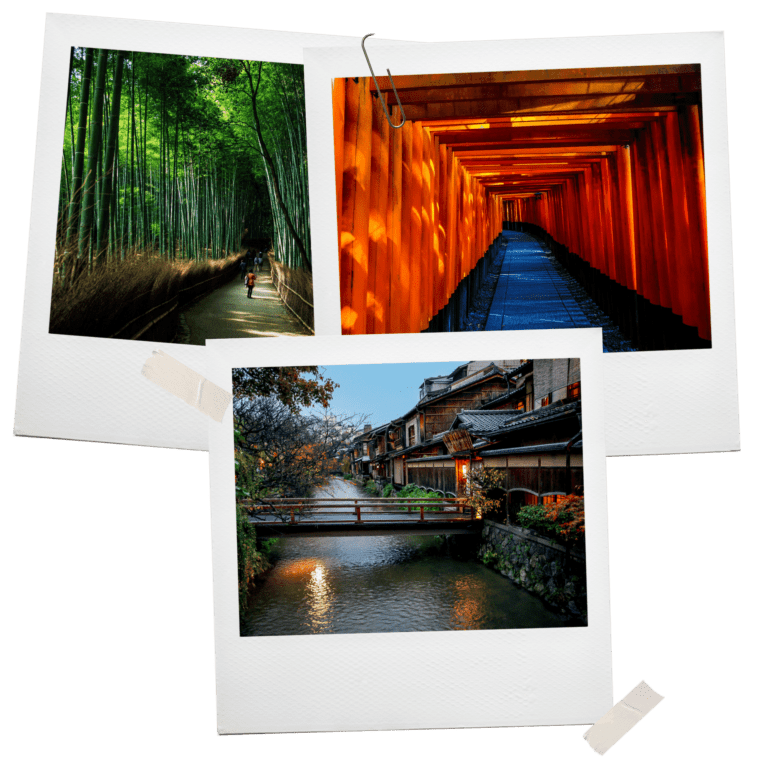
Kyoto is also a major destination during cherry blossom season, and some of the best hanami spots can be found here. During Sakura, the city is assaulted by visitors, and rightfully so.
No trip to Japan can be considered complete without paying homage to this breathtaking ancient pearl of Japanese culture and history
Bucket List
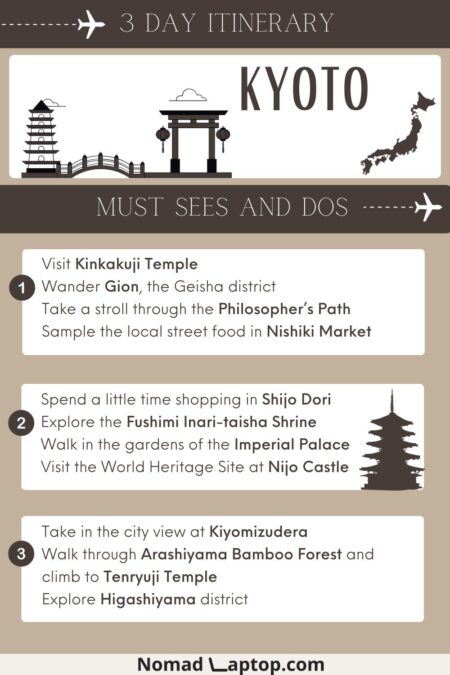
Japan Info & Stats
- Language: Japanese
- Timezone: UTC +9
- Political System: Parliamentary constitutional monarchy
- Ethic Groups: Japanese 98.5%, Koreans 0.5%, Chinese 0.4%, other 0.6%
- Religions: Shinto 48.6%, Buddhist 46.3%, 1% Christian, 4% other
- Credit Cards: Credit cards are widely accepted
- Electricity: 100 volt / 50 hertz and 100 volt / 60 hertz (NEMA 1-15, NEMA 5-15)
- Haggling Culture: Not common
Weather
Kyoto has four distinct seasons, like the rest of the country. Spring and autumn are when the city is most visited, with blooming flowers in spring and changing color, and falling leaves in autumn.
As in other parts of the country, summer is very humid. From June to July is the rainy season, which then leads to typhoon season, and most visitors avoid this period. Winters are cold but not extreme, as the city has a low elevation and it is rare to have snow.
Money
The currency is the Japanese Yen (JPY).
The real-time exchange rate from US dollars is: 143 JPY
Credit cards are widely accepted everywhere. Digital (phone-based) payments are actually even more common. ATMs are widely distributed around the city.
Prices: Japan is expensive, and Kyoto is no different. Being one of, if not the top city destination in the country for tourists, some areas are even more expensive.
Tipping: Japan has no tipping culture whatsoever, and it is actually considered offensive to tip in restaurants. Always pay the exact amount required or expect to receive change.
Trivia pill
Geishas were originally men known as Taikomochi (“drum bearers”). They were jesters to daimyō – the feudal lords. The profession was quickly overtaken by their female counterparts – the Geiko (“arts girl”) which became the Geishas commonly known today.
A widespread misunderstanding of the West is tying Geishas to sexual partners and prostitution. This is far from the truth, although there was a tradition of Mizuage, which was the coming of age of a maiko graduating into a Geisha and the loss of their virginity to the patron. This was, however, intended as a rite of passage to womanhood rather than a frequent “service” offered by the Geishas.
Entry Requirements
Japan has distinct visa requirements based on country of origin and citizenship.
Click the map to see details on visa requirements for each country
Alternatively, input your passport citizenship and quickly see the requirements that apply to you:
Getting around
As with other major destinations in the country, the public transport system is stellar. Trains and subways are the most effective ways to get around this large, sprawling city.
Some tourist destinations are harder to reach except by bus, which also has an extensive network.
In the pleasant months of spring and autumn, cycling around the city is also a viable option, as is walking. Car traffic in Japan is slow and respectful, with large roads accompanied by small pedestrian roads, making walking around pleasant.
Safety
Safety: Despite being a very large city that does not live uniquely on tourism, the old capital is known for “shutting” down at night. Kyoto is extremely safe as well as silent (although this is a common thing in much of Japan).
Emergencies numbers: 119 (fire department), 110 (police), 118 (coast guard)
Tips & Impressions
- Kyoto is only 30 minutes by train from Osaka, the second largest city in Japan and a rival to Tokyo when it comes to a modern city filled with nightlife. Only 50 minutes by train one can also reach the city of Nara – the even older and first imperial capital of Japan as well as Himeji, home to the famous and beautiful White Heron Castle.
- I always whine about too many visitors but it’s not because of the actual raw numbers, but the chaos that ensues. If there are many visitors the chances of having children running around, people pushing, carelessly walking in front of your camera or phone, etc are high. But as is known Japanese are very considerate, not so much picture-wise as during hanami it’s a camera-free-for-all, but in the noise, they are all extremely quiet and respectful. So even walking around the forest as you would inside a metro station surrounded by people did not bother me at all.
- Like in Tokyo but much more here I often experienced the off-putting behavior of restaurant owners saying they were closed or full. This is because of several factors, from not wanting too many crowds, to having a limited number of ingredients, to also not wanting “difficult” foreign visitors to deal with.
- Without considering other smaller cities such as Kanazawa, Matsumoto, or Nikko, which I visited, Kyoto might be the most silent city out of the larger cities of Tokyo, and Osaka which I visited.
Kyoto is a beautiful city and during Sakura season the already wonderful scenery becomes painted in white and pink as everyone enjoys this brief but mesmerizing spectacle. The crowds were a lot, the prices high, but this visit was a once-in-lifetime experience and puts the ancient imperial capital up there in the elysium of must-see places.
Check out this article on the best spots to admire the sakura trees, where Kyoto is repeated over and again.
Deals for Kyoto
Where to stay
Accommodation
At first, I stayed at La’Gent Kyoto Nijo, located in the city center. Prices were high but that was also due to the Sakura season which makes accommodation and restaurant prices skyrocket.

Since everything was expensive anyways I decided to move to a more luxurious hotel so after a few days I moved to Hotel Mogana, one of the most minimalistic hotels I have ever seen. Mogana is two minutes walk away from Nijo castle and the hotel is splendid. I particularly enjoyed it but it needs to be said that the interior design and decoration can feel oppressive as the hotel interior is all, with sharp lines and lighting given only by spot lights, while the rooms are totally white.



